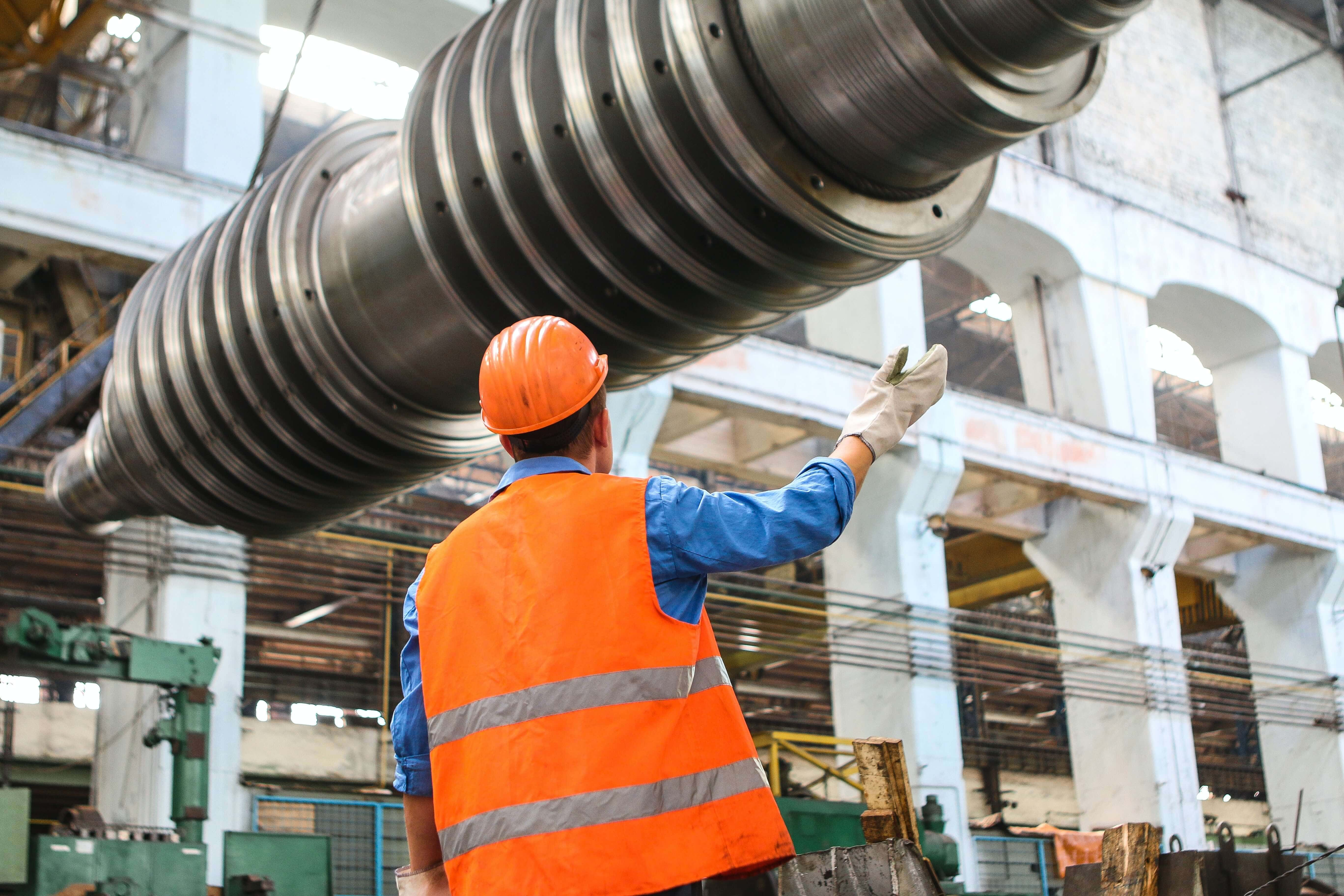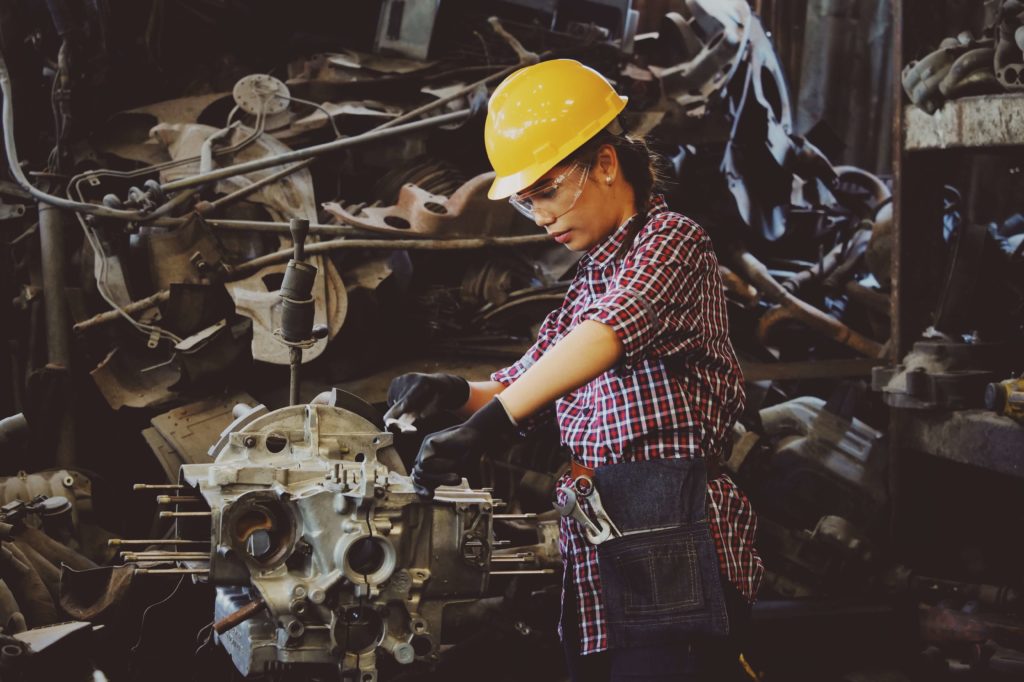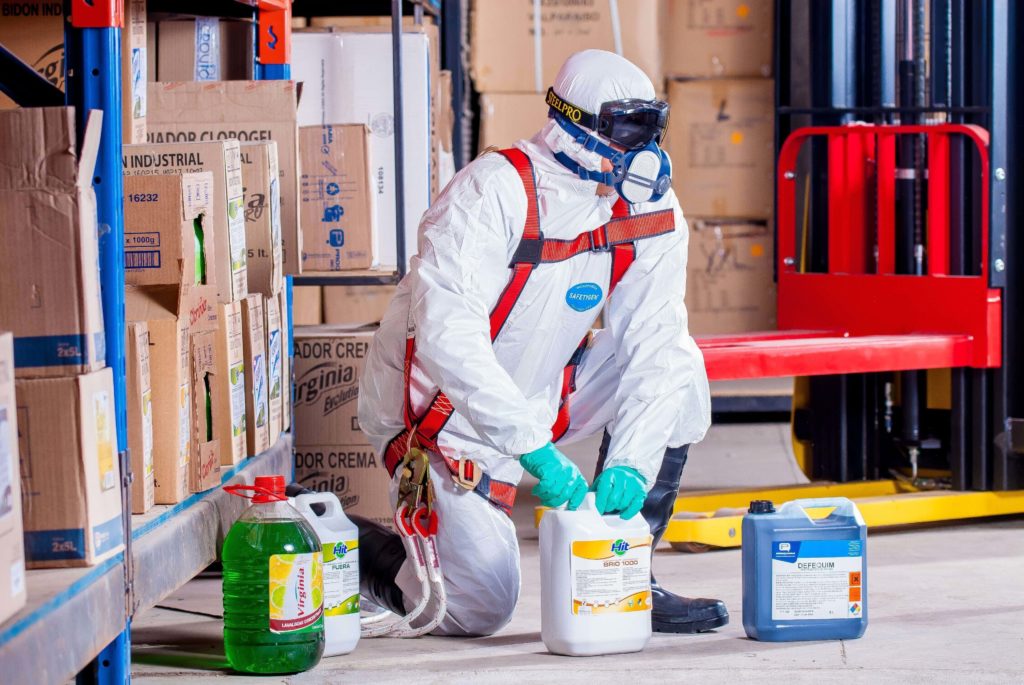The challenges of industrial maintenance for worker safety

Maintenance plays a crucial role in asset management within the industry. It allows companies to keep their equipment in good condition and enhance their efficiency and productivity. However, maintenance work must be carried out safely to prevent any accidents. In this article, we address the key measures to ensure the safety of workers and the environment during industrial maintenance. We will explore how these measures can help mitigate risks associated with maintenance and preserve the company’s asset value.
- What is Industrial Maintenance?
- Challenges of Industrial Maintenance
- Safety and Industrial Maintenance: Risks
- Industrial Maintenance Safety: Measures to Take
What is Industrial Maintenance?
Industrial maintenance refers to the set of actions aimed at keeping equipment or a system in proper working condition to ensure the smooth flow of industrial activities. This encompasses regular monitoring, repair, replacement of worn-out parts, as well as upgrading and modernizing equipment. The goals of industrial maintenance are diverse, including reducing downtime, extending the equipment’s lifespan, enhancing worker safety, and optimizing production.
There are five types of industrial maintenance:
- Corrective Maintenance
- Systematic Preventive Maintenance
- Conditional Preventive Maintenance
- Predictive Maintenance
- Curative Maintenance
In general, companies need to use all five types of maintenance to ensure the safety and reliability of their industrial installations

Challenges of Industrial Maintenance
Cost Reduction
Industrial maintenance helps anticipate production shutdowns in case of equipment failure, reducing revenue losses caused by unplanned downtimes.
Enhanced Reliability
Regular preventive maintenance helps detect defects before they lead to breakdowns, improving overall production reliability. Industrial maintenance also extends equipment lifespan by maintaining optimal operational conditions.
Performance Optimization
Well-maintained equipment operates more efficiently, enhancing production performance and reducing waste and losses. Moreover, regular maintenance can identify performance issues and correct them before they escalate into major problems.
Ensuring Safety
Improperly maintained industrial equipment can pose safety risks to workers. Industrial maintenance detects safety issues and addresses them before they lead to accidents or injuries.
Compliance with Standards and Regulations
Industrial equipment must be maintained according to standards and regulations to avoid penalties. Industrial maintenance ensures compliance.
Asset Value Preservation
Industrial equipment often constitutes significant investments for companies. Industrial maintenance helps extend equipment lifespan, thereby preserving the company’s asset value.
Safety and Industrial Maintenance: Risks
Industrial maintenance involves the use of electrical, mechanical, or hydraulic tools, as well as the handling of hazardous substances. Therefore, safety in industrial maintenance is of utmost importance. The most common risks associated with this activity are:
Electrical Risks
Electricity is ubiquitous in industrial equipment. Workers can be exposed to electrical shocks that can cause severe or even fatal injuries. Additionally, poor maintenance of electrical equipment can significantly increase the risk of fires.
Mechanical Risks
Maintenance involves dismantling and reassembling mechanical parts. Workers can be exposed to risks of pinching, crushing, or cutting. Moreover, some parts can become detached and cause serious injuries.
Chemical Risks
Handling chemical substances can be highly dangerous if not done with caution. These substances can cause skin irritations, burns, or poisoning.

Risks Associated with Welding
Welding is used to repair certain mechanical parts. This activity involves the use of specific tools and techniques that can be hazardous if not properly mastered.
Environmental Risks
Industrial maintenance can also have an impact on the environment, particularly in the event of leaks of hazardous substances or the discharge of industrial waste. These incidents can lead to soil, water, or air pollution. Therefore, companies must take measures to manage and mitigate these risks.
Industrial Maintenance Safety: Measures to Take
Safety is of utmost importance in the industrial environment, especially when it comes to maintenance. To ensure the safety of industrial maintenance, several measures must be followed.
Worker Training
Workers need to be trained on the risks associated with maintenance and the safety measures to consider. Training should be regular and tailored to each task. Additionally, workers should be informed about the procedures to follow in case of accidents or breakdowns.
Use of Personal Protective Equipment
Having the right tools and equipment is crucial for making safety in maintenance a priority. Workers must be familiar with how these tools function and how to use them correctly. They should wear appropriate personal protective equipment for each task, such as gloves, protective eyewear, or safety helmets. More advanced solutions are also available, such as automatic emergency alarms and connected watches.
Nomadia offers solutions for the individual protection of your workers.
Inspection and Regular Monitoring
Once maintenance work has been completed, it’s important to ensure that all equipment is functioning properly. Inspectors should review the proper operation of machinery and ensure that no risks are present.
Environmental Monitoring
Monitoring the environment before, during, and after maintenance is crucial to detect any potential incidents and minimize their impact on the environment.
In conclusion, industrial maintenance is a vital process for companies to improve their performance and comply with environmental regulations and standards. However, it can also pose risks to worker safety and the environment. Therefore, it’s important for companies to take appropriate measures to ensure safety: worker training, use of appropriate personal protective equipment, proper maintenance planning, and monitoring.
